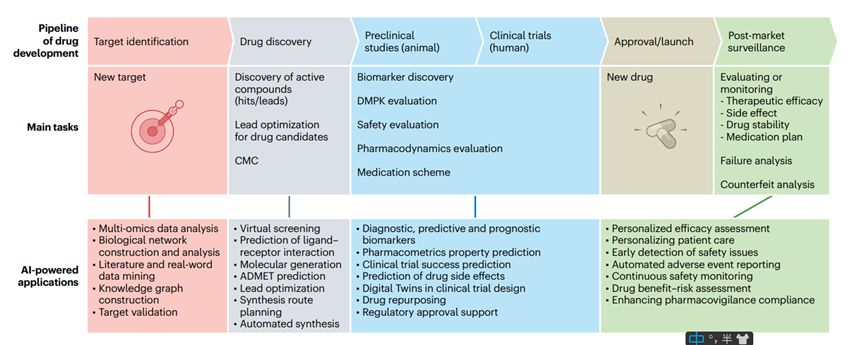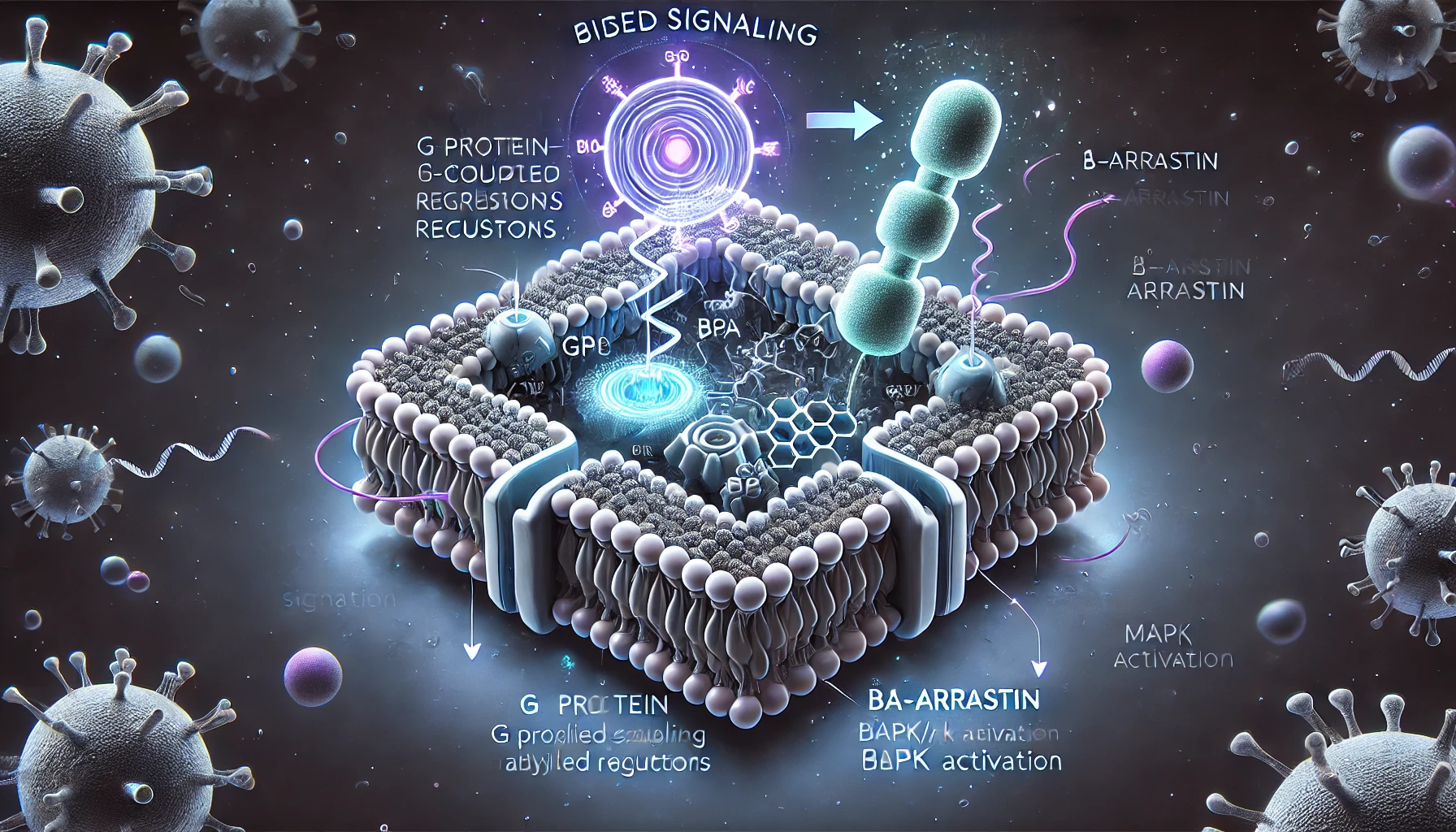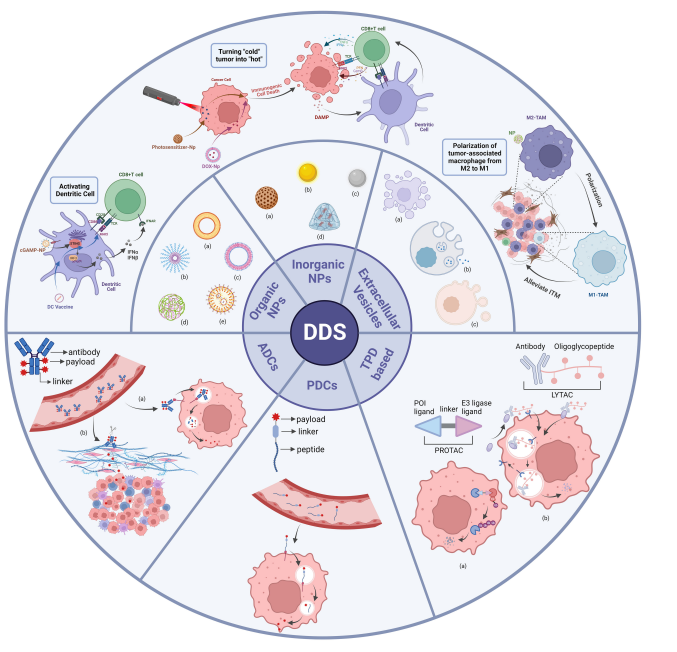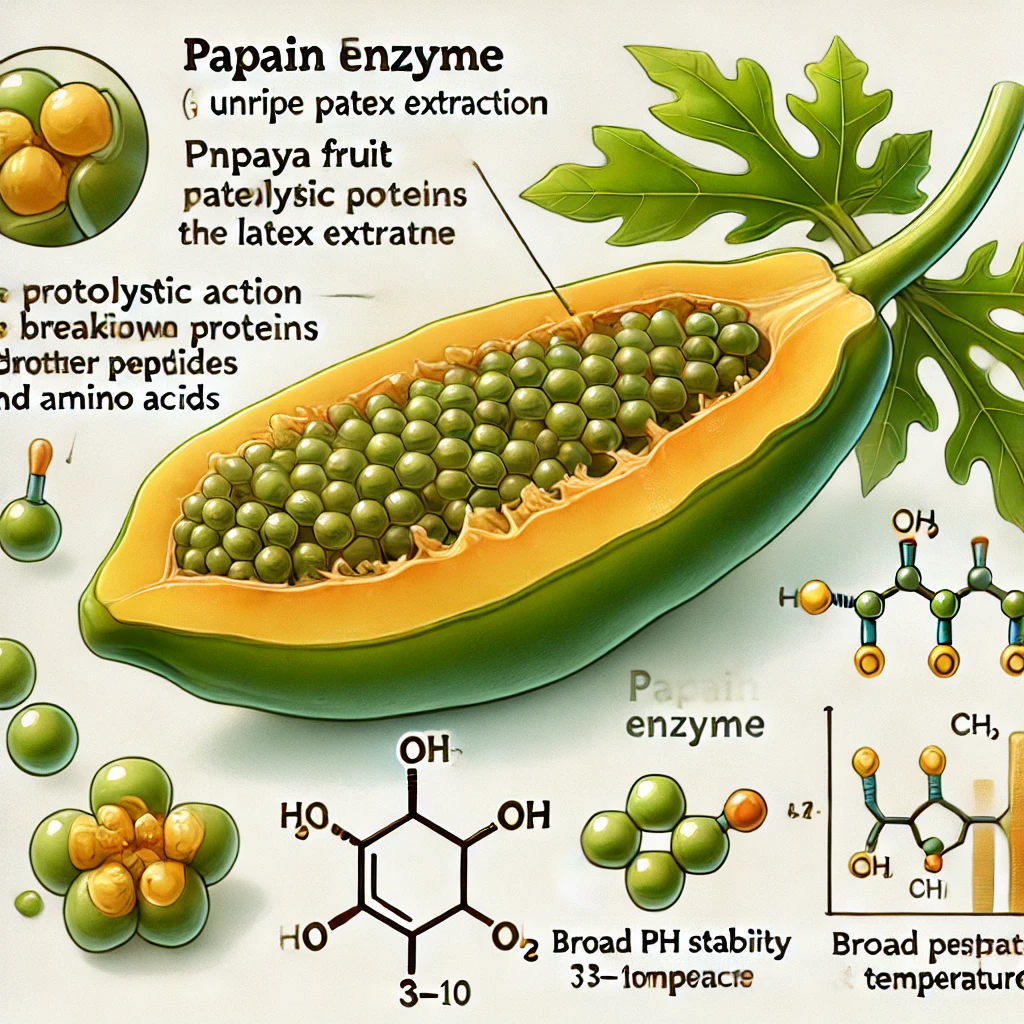What Are the Function and Use of Uridine?
Abstract
Uracil nucleoside (uridine) is composed of ribose (furan ribose) and part of uracil, which is linked by β-N9-glycosidic bond. As RNA-specific nucleoside, uridine not only participates in RNA synthesis but also plays an important role in glycogen synthesis. Uridine is also an important substance in the synthesis pathway of phosphatidylcholine (PC) and phospholipid (PE). In the human body, uridine is present in the blood and cerebrospinal fluid. Interestingly, the concentration of uridine in plasma is significantly higher than in other pyrimidine nucleosides and purines, indicating that uridine is the most important form of transport in nucleosides. Uridine plays an important role in maintaining various physiological functions of the body, especially in the physiological and pathological conditions related to the central and peripheral nervous systems, liver, and reproductive systems. Currently, in clinical practice, uridine has been used in combination with 5-fluorouracil, uridine by remedial synthesis to generate UTP and metabolic processes, regulation of 5-Fu uracil binding to DNA and RNA-related enzymes, reduce the toxicity of 5-Fu uracil.
Transport and release of uridine
Uridine transport through the blood-brain barrier and across the membrane depends on nucleoside transporter (NT) transport. According to the sensitivity to the nucleoside analogue NBTI, nucleoside transporters are divided into balanced nucleoside transporter (ENT) and concentration nucleoside transporter (CNT). Among them, ENT mediates the facilitated diffusion of nucleic acid along the concentration difference, which is fast, and its power is the drug concentration gradient inside and outside the cell membrane. The nucleic acid in the cell can flow outward through this channel. CNT is a Na+-dependent NT-mediated active transport process that consumes ATP and co-transports with Na+ at a slower, reversible concentration difference into the cell. Cerebrovascular endothelial cells contain ENT1, ENT2, and CNT2, while choroid plexus epithelial cells also express CNT3. Both glial cells and neurons in the brain can uptake uridine in the intercellular space by the two transporters.
In recent years, a preliminary study on the distribution of CNT and ENT in brain tissue and cells has been carried out. It shows that the distribution of the two NTs and their subtypes in the brain is not uniform, resulting in different concentrations of uridine in different brain regions. The tissue fluid directly facing CNT2 and ENT2 on the surface of cerebral vascular endothelial cells transports and exchanges nucleosides. In the choroid plexus, CNT is present on the surface of the cell membrane facing the cerebrospinal fluid, whereas the opposite cell surface contains only the equilibrium ENT transporter. These transporters are responsible for the transport of transmembrane uridines and all uridines (and purines) in the brain. CNT2 is a high-affinity uridine cytidine transporter. The main form of pyrimidine absorbed into the brain is uridine. For example, in mice, the concentration of cytidine in plasma is higher, and the concentration of uridine in the brain is 7 times higher than that in plasma. NBT1 is a specific inhibitor of ENT. 100 nM NBTI can significantly inhibit the uptake of extracellular uridine in MCF-7 and HeLa cells by more than 80%. However, CNT is not a specific inhibitor, but phlorizin can block the function of CNT to some extent. Thus, brain nucleoside transporters (CNT and ENT) play an indispensable role in uridine transport. Uridine in the central nervous system has a variety of neurological functions, and CNT and ENT are thought to play an extremely important role in maintaining uridine levels during this process.
Uridine metabolism
The basic release of uridine is known to maintain the balance of intracellular and extracellular content through the combined action of related transporters and metabolic enzymes. The uridine in the cerebrospinal fluid is transported by the transporter and ingested into the cell. The uridine in the cytoplasm synthesizes UTP under the action of uridine kinase. UTP is released as a neurotransmitter into the intercellular space and acts on its specific P2Y receptor. The extracellular nucleotide enzyme system degrades the extracellular UTP into uridine step by step and terminates the P2Y receptor signal. The above process of uridine (intracellular) → UTP (intracellular)-UTP (extracellular) → uridine (extracellular) → uridine (intracellular) is called the UTP cycle. In addition, uridine in cells can be converted and degraded at the same time. On the one hand, cytidine is irreversibly generated under the action of cytidine deaminase (CDA). On the other hand, uracil is generated under the action of uridine phosphorylase (Upase) and further degraded into β-alanine and carbon dioxide as final products, entering the tricarboxylic acid cycle. The metabolic enzymes regulating uridine concentration mainly include:
(1) Uridine Phosphorylase (UPase) is a key enzyme in the pyrimidine salvage pathway. It is reversible, catalyzes the conversion of uridine to uracil and phosphorylates it, regulates the self-balance of uracil nucleoside concentrations in plasma and tissues, and regulates the cytotoxicity of fluorouracil in normal and abnormal nascent tissues to activate intracellular fluorouracil.
(2) Uridine kinase (UK) is a pyrimidine nucleoside kinase that phosphorylates uridine and cytidine into guanosine monophosphate (UMP) and cytidine phosphate. It is a rate-limiting enzyme in the pyrimidine nucleotide salvage synthesis pathway. The brain lacks de novo synthetic metabolic enzymes, which mainly synthesize nucleotides in a remedial way. The UK mainly catalyzes the following reaction: ATP + uridine →ADP + UMP.
(3) Cytidine deaminase (CDA) is an intracellular enzyme that specifically catalyzes the irreversible deamination of cytidine to uridine, which plays an important role in nucleic acid metabolism. Cytidine deaminase widely exists in vivo, which is closely related to the occurrence and development of many diseases.
Central role of uridine
Increasing evidence suggests that uridine is involved in pathophysiological processes in the central nervous system, such as regulating sleep, anti-epilepsy, regulating body temperature, and promoting learning and memory, including:
(1) Promote sleep. The sedative-hypnotic effect of uridine was first proposed as a significant change in uridine content in the sleep-deprived rat brain. Intracerebroventricular injection of 10 pmol uridine significantly increased slow-wave sleep time and reduced sleep latency. Local electrical damage to the preoptic lobe of the hypothalamus can eliminate the hypnotic effect of uridine, indicating that the active site of uridine is mainly in the preoptic lobe, and its integrity plays an important role in the function of uridine.
(2) Anti-epileptic. The anti-epileptic effect of uridine has been found since the 1980s, which is mainly manifested in the fact that uridine can reduce the behavioral response of penicillin, pentylenetetrazole, and electrical stimulation-induced animal convulsion models. Recent studies have found that uridine can reduce epilepsy caused by hippocampal lesions, manifested in both reducing the frequency and duration of onset. The anticonvulsant effect of uridine is closely related to the dose of uridine. For example, 200 mg/kg uridine was administered three times a day to reduce the convulsion response of rats, but once a day did not have this effect.
(3) Regulate body temperature. Uridine has the effect of bidirectional regulation of body temperature. Large doses of uridine can cause a 6-10°C increase in body temperature in rats or mice, while small doses of uridine can slightly reduce body temperature. Studies have shown that this thermoregulatory effect is achieved through metabolites of uridine, such as uracil or β-alanine, rather than uridine itself.
(4) Enhance learning and memory ability. Through the Morris water maze experiment, it was found that long-term administration of CDP-choline could protect the hippocampus-dependent learning and memory ability of aged rats but had no significant effect on the striatum-dependent behavioral habit memory. CDP-choline is rapidly converted into cytidine and choline in the body, and cytidine forms uridine in the brain under the action of CAD. To further confirm the learning and memory ability of uridine, UMP was given exogenously as a source of uridine, and it was found that similar to CDP-choline, it also enhanced learning and memory ability.
Usage of uridine
Uridine is widely used in food, health products, cosmetics, and pharmaceutical industries. As an important raw material for the production of antiviral and antitumor drug intermediates and genetic engineering research, uridine has extremely important medical value. Uridine and its derivatives have a variety of physiological functions and are widely used, including the following aspects:
(1) Food health. Mainly used for condiments, food additives, and health care products ingredients;
(2) Feed additives. As a new generation of non-toxic and harmless new safe feed additive, nucleotides have the advantages of promoting the rapid growth and functional maturity of the animal intestinal tract, regulating the composition of intestinal microflora, alleviating the inflammation and ulcer reaction of the body, and accelerating the repair of the injured intestinal mucosa. Therefore, with the development of the animal husbandry industry, the demand for uridine has been further improved animal husbandry industry.
(3) Agriculture. Mainly used as plant growth promoters and nucleoside antibiotics;
(4) Cosmetics. Can promote skin metabolism, with anti-wrinkle, moisturizing, control sebum secretion, prevent ultraviolet absorption, the role of soft skin;
(5) Medicine. Uridine is involved in the biosynthesis of liver detoxification substances gluconic anhydride, mainly for the treatment of hepatitis, improve coronary heart disease and rheumatoid arthritis, and other symptoms; it is used to produce antiviral and antitumor drugs, and is the main raw material for the production of arabinoside, fluoroglycoside, bromoglycoside and iodoglycoside.
With the in-depth study of the physiological functions of pyrimidine nucleosides, the role of uridine and its derivatives will be further explored.




